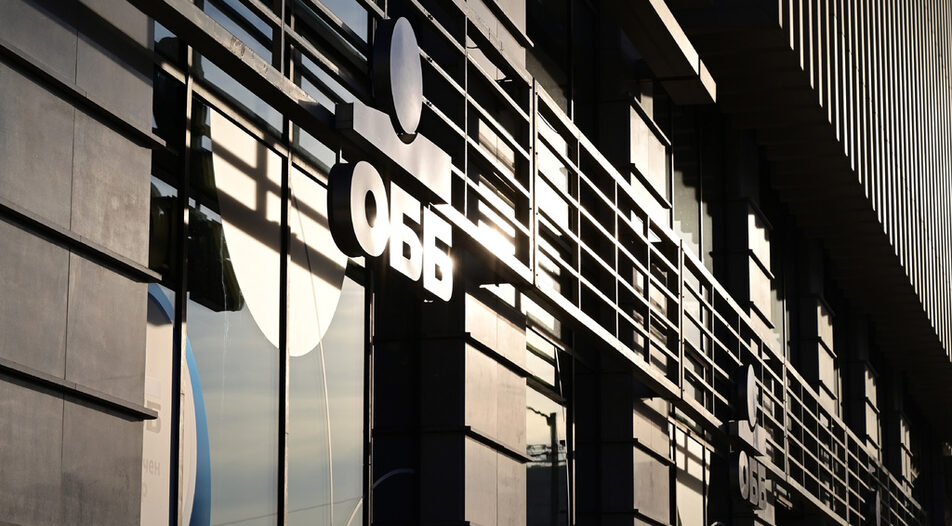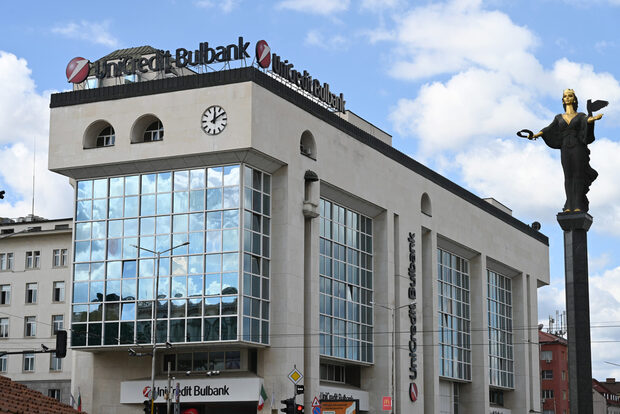- The banking sector posts the strongest growth in all segments since the global crisis
- The start of monetary tightening initially boosted margins as higher interest rates were mostly transferred to credit
- DSK leads with almost 29 billion levs in assets
The Bulgarian banks' aggregate profit exceeded 2 billion levs (1 billion euro) in nominal terms last year, up 47% on 2021. At first glance, the number may seem inexplicably high for a year marked by the war in Ukraine, soaring inflation, and fears of economic crisis and fuel shortages. All lenders were profitable in 2022, except for two small branches of foreign banks. Also, return on equity improved significantly, from close to 9% in 2021 to over 12%, though this is not a record level.
The strong operating performance can be explained by a perfect fit of factors - bankers had a tailwind on all lines. Fears of a strong economic shock prompted by Russia's invasion of Ukraine did not materialize, turning into concerns over a possible recession, and those shifted rather to 2023. And for Bulgaria, even the consensus forecasts say that growth will only slow down.
The expected slowdown is unlikely to generate either a rise in unemployment or a wave of corporate bankruptcies. On the contrary, 2022 was more of a euphoric credit demand and boom - something that is also supporting current gains. The start of a cycle of rising interest rates inflates banks' results, as it is transferred more quickly to loans rather than to deposits, and expands their margins.
Record profit ingredients
Lending was the main driver of the banks's profit growth by 663 million levs last year. Net interest income reached 3.26 billion levs, up 17% on 2021. On the one hand, we have stable growth in lending which generates more income from installments from customers. On the other hand, there is also a clear effect from the widening of the interest margin, especially towards the end of the year. Data for the last quarter of 2022 show that net interest income reached a record 945 million levs, which is up by 15% compared to the previous three months and 30% higher compared to the same period in 2021.
The net income from fees also contributed to the impressive result, as it rose by 188.6 million levs on an annual comparison basis, or by 15%, reaching 1.43 billion levs. On the one hand, the reason is the surprisingly strong economic activity and booming lending which led to a rise in collected fees. On the other hand, banks continued to bet on selective increases in their tariffs for some services. At the end of the year, however, there was cooling, with the revenues from fees for the last three months even shrinking by 5.6% compared to those generated in July - September. And at the beginning of 2023, some of the big banks also started to lower fees.
The race to the top
The strong growth is not only in profits but in practically in all indicators of the sector. The annual rate of asset growth accelerated to almost 15% at the end of 2022, when they totalled 155.4 billion levs. A strong second half of the year also produced a new leader: DSK Bank's assets increased from June to December by 3.76 billion levs to almost 29 billion levs, putting it slightly ahead of UniCredit Bulbank's 28.9 billion levs. United Bulgarian Bank (UBB) should be also added to the photo finish for the first position, as it is about to merge with KBC Bank Bulgaria in the coming months. The total assets of the two banks combined are close to 30 billion levs.
The three banks dominate the sector in terms of profit as well. DSK posted 567 million levs in profit and Unicredit Bulbank followed with 466 million levs. The two banks accounted for half of the profit of the entire banking system. If we add the 288 million levs of UBB+KBC, the share reaches 63.4% of total profit.
Catching the boom
Throughout the year, competition in lending and consumer demand drove the market boom. Growth rates across all segments reached their highest levels since 2009, and Bulgarian banks' excess liquidity kept interest rates extremely low while rates rose across Europe. At the end of the year, however, the first signs of cooling can be seen, but this does not significantly affect the annual numbers.
This year is likely to see a far more noticeable and lasting cooling. The central bank, BNB, predicts a slowdown in the growth of corporate lending to 4.1% in 2023 and further to 3.7% in 2024. The central bank is also betting on at least a two-year slowdown in lending to households - to 7.3% this year and 6.8% next year.
"Based on market expectations for further tightening of monetary conditions in the Eurozone, we expect the ongoing upward trend in loan and deposit rates to intensify, leading to their highest levels in late 2023 and early 2024. After that, they will stabilize at the reached levels", analysts at the BNB predict. According to them, this will be the reason for a slowdown in lending activity.
- The banking sector posts the strongest growth in all segments since the global crisis
- The start of monetary tightening initially boosted margins as higher interest rates were mostly transferred to credit
- DSK leads with almost 29 billion levs in assets
The Bulgarian banks' aggregate profit exceeded 2 billion levs (1 billion euro) in nominal terms last year, up 47% on 2021. At first glance, the number may seem inexplicably high for a year marked by the war in Ukraine, soaring inflation, and fears of economic crisis and fuel shortages. All lenders were profitable in 2022, except for two small branches of foreign banks. Also, return on equity improved significantly, from close to 9% in 2021 to over 12%, though this is not a record level.










